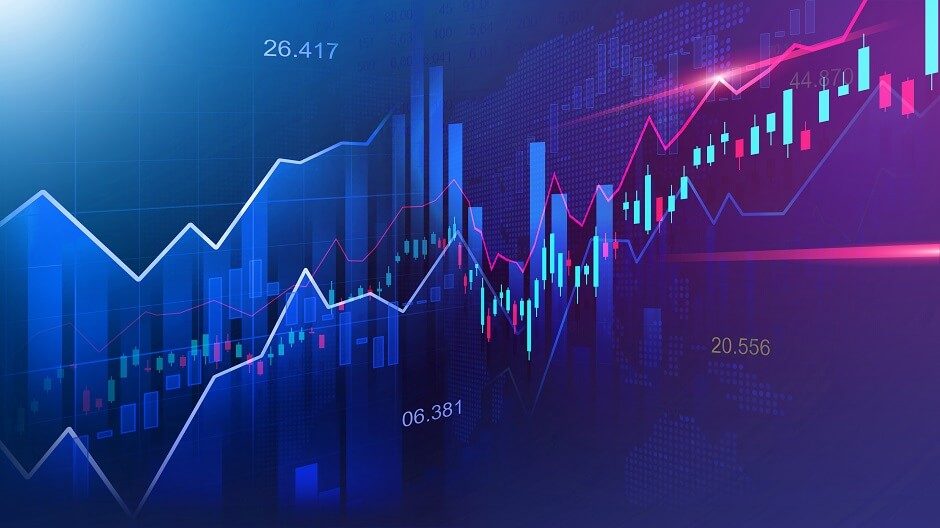What is an ETF (Exchange Traded Fund)?

An exchange-traded fund (ETF) is a pooled investment security that functions and combines features and benefits similar to mutual funds, stocks, or bonds. It is a fund that trades on the stock market just like regular stocks. ETFs are low-cost investments that can be bought and sold during market hours at varying prices determined by supply and demand. It is an appealing investment option for people with limited knowledge and expertise in the stock market. You can build a diversified investment portfolio by investing in an ETF, which has the potential to lower your risk and exposure.
An ETF (Exchange-Traded Fund) is a type of fund that contains multiple tradable and monetary assets such as stocks, bonds, commodities, debt, securities, derivatives, or a mix of investment types. An ETF is structured to hold hundreds or thousands of monetary assets from a variety of industries and/or markets. Banking-focused ETFs, for example, would hold banking stocks across the industry.
Types of ETFs
Investors can choose from a variety of ETFs that can be used for income generation and portfolio diversification at a comparably lower investment. Here are some of the most popular ETFs (exchange-traded funds) that are currently available for investors for investment in the share market.
- Passive and Active ETFs
- Bond ETFs
- Stock ETFs
- Industry/Sector ETFs
- Commodity ETFs
- Currency ETFs
- Inverse ETFs
- Leveraged ETFs
You can pick ETFs from various industries depending on your interest, risk level, and market valuation to generate maximum returns out of your investment.
How to select the right ETFs for investment?
When investing in ETFs, investors should primarily consider three factors:
- Total Expense Ratio: The expense ratio of an ETF is equal to its operating expenses divided by the average assets. Typical expense ratios for ETFs are much lower than 1% making them a really inexpensive tool to track the index investors would want to track.
- Tracking Error: It is an important performance parameter to judge high-performing ETFs in the stock exchange. It is calculated as the deviation between the ETF return and index return.
- Liquidity: Liquidity is another critical parameter when deciding on the right ETFs for investment because they are traded on stock exchanges like regular stocks. When you want to sell your ETFs, you may not be able to find enough buyers if the ETF is not very liquid. If you are looking for a short-term investment, find ETFs with higher liquidity for easier buying and selling of indexes.
How to begin trading ETFs?
Investing in ETFs has become relatively simple, thanks to the numerous platforms available to traders. To begin investing in ETFs, first, find a trading platform that allows buying and selling of ETFs during market hours like any other stock. After this, consider a trading strategy and decide your investment goals before buying ETFs from your hard-earned money. Ask the following questions yourself to create a clear roadmap ahead before investing in exchange-traded funds:
- For how much time do you want to invest?
- Are you looking to invest for income or growth?
- Do you have any favourite industries that excite you the most?
Answers to these questions will help decide on your investing strategy in the right ETFs as per your investment plans. It’s good to talk to professional investment managers and experts before investing in ETFs. Contact us at New Age Insurance Brokers to know more about ETFs and plan your investment strategy for maximum benefits.



